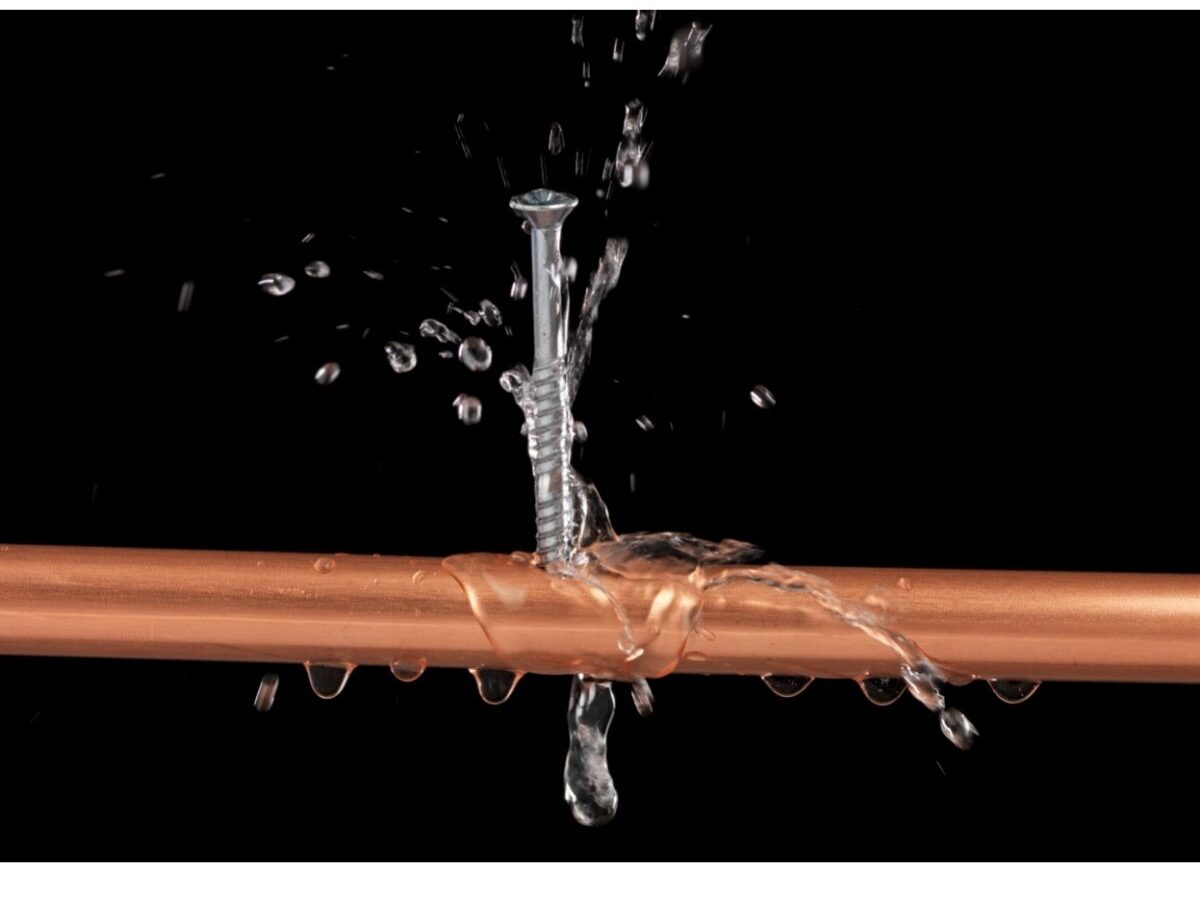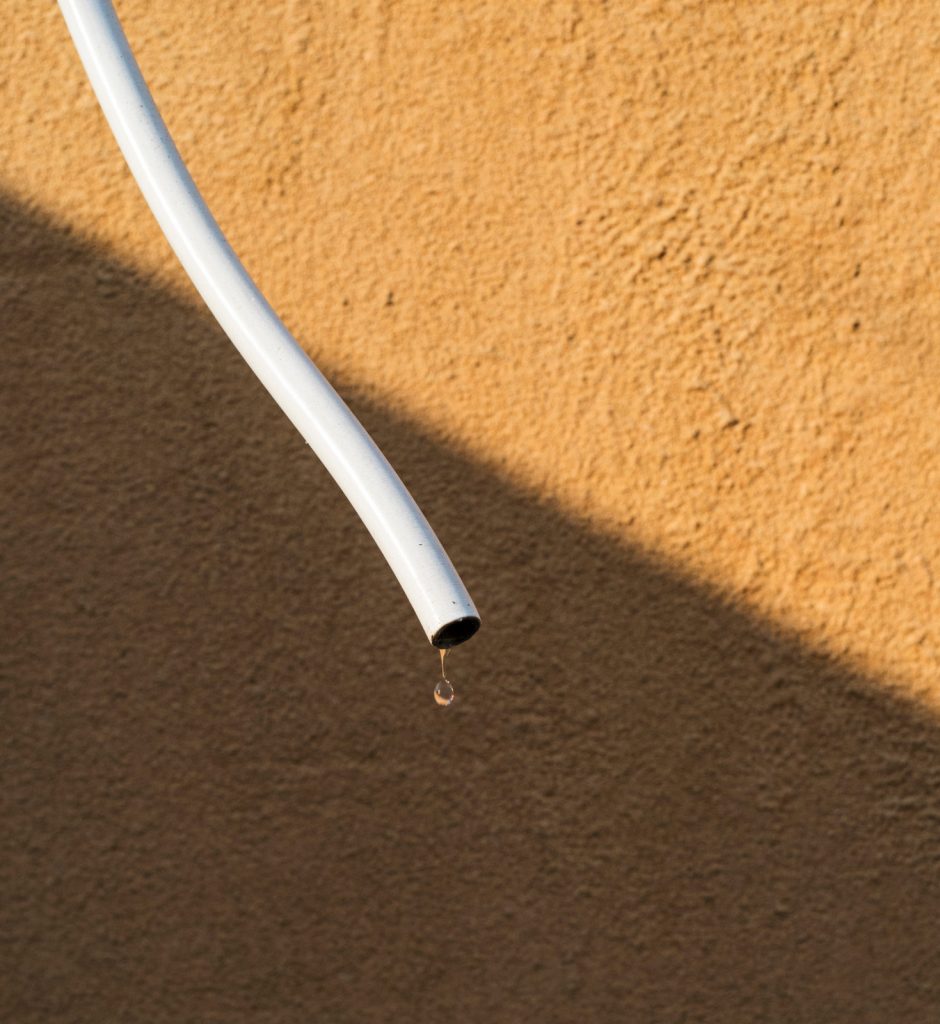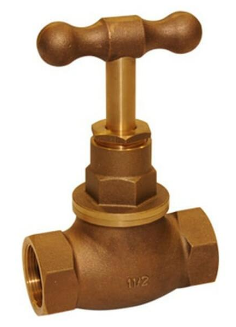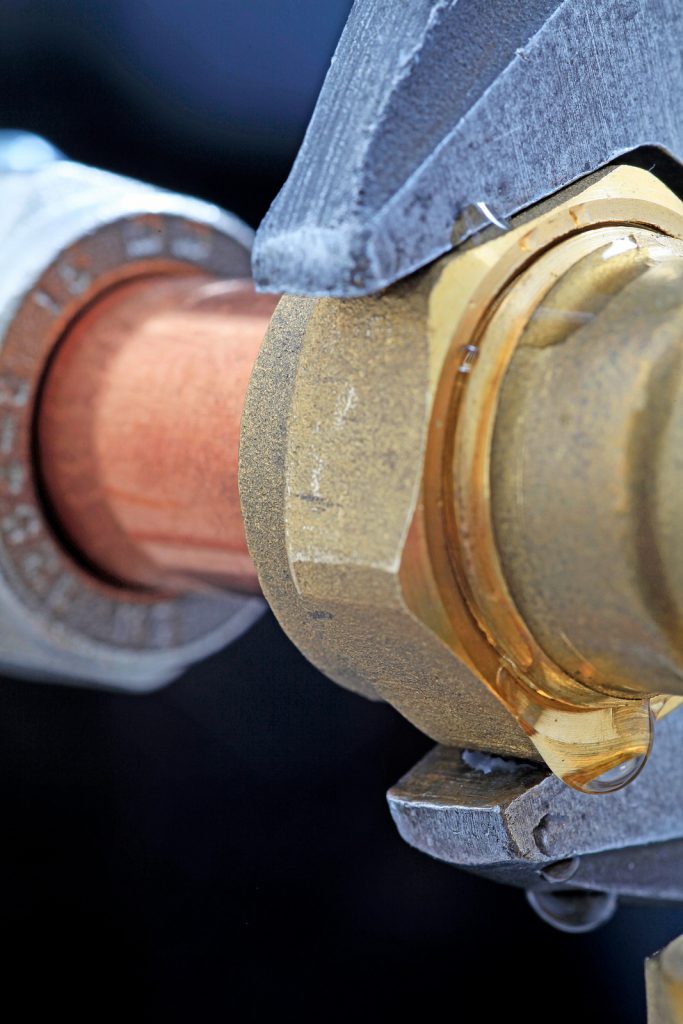Burst pipes and water leaks can happen any time of the year, not just in winter. If you aren’t prepared for it, they can cause havoc within your property and be a nuisance outside of it. Here, we look at some burst pipe and leaks scenarios and what you can do to avoid them.
How to Prevent Burst Pipes and Water Leaks
Important steps to take to prevent burst pipes and water leaks are to know when pipes are located within your property, especially those under the floorboards that you cannot see. This will prevent them being hit by nails. Also, regularly check the boiler pressure gauge, if it’s low this could indicate a leak. Also, lag pipes that are in exposed areas.

The main causes of burst pipes and leaks:
- Burst pipes from nails
- Stuck main internal stoptap
- External water mains pipe burst
- Outside tap
Most common places for water leaks in the home
- Under kitchen sink
- Behind toilet cisterns
- Boilers
- Washing machines
- DIshwashers
How to avoid burst pipes and leaks
Burst pipes from nails
Lots of pipes are run under floors to keep them out of sight. You have two central heating pipes, alongside hot and cold water pipes going to a bathroom upstairs or downstairs and others for the kitchen. They are usually placed close together but take up a fair amount of space under floorboards.
Internal burst pipes mostly occur when you’re trying to fix a squeaky floorboard and haven’t checked whether a pipe is directly underneath. This is probably a plumber’s main job as call-outs. If you hit a mains water pipe, you can spot a leak immediately as the water will gush out. A central heating pipe burst may be less noticeable at first and the first signs are normally stains on the ceiling downstairs.
If a pipe has burst, before attempting to fix it, turn off the water at the main stoptap. Turn off your central heating system and open all the taps to drain the system of water.
If you are doing any drilling or nailing, make sure you know where any water pipes are before you put that drill into the floorboard or a wall and you can get a stud finder to help you locate them (as long as they are metal and not plastic)

Turn off water supply

If you need to turn off the water supply into the house for any reason, including an emergency, you will need to find the main stop valve. Shaped like a tap, it is often located under the sink in the kitchen or downstairs bathroom. This will stop the mains cold water supply from entering the house so you can go ahead and fix any leaks.
Main stoptap
Usually located under the kitchen sink but can also be under a bathroom sink, in a utility room or even in a cupboard under the stairs. If you can’t find it, ask a plumber for help or even to put in a new one.
Stopcocks tend to be left untouched for years and when the time eventually comes to turn it off, the mistake most people make is to turn it the wrong way as they can get seized up in the on position. This causes a crack in the joint and as you unscrew it more, possibly with a spanner, the whole joint comes apart and a jet of water comes out with force.
To prevent the stoptap joint cracking, you should turn it off and back on every six months or so, but if it’s already seized up, try using a lubricant like WD40 to gently get it moving again. Don’t force it if it doesn’t turn after this but call in a plumber.
If you can’t find the stopcock in an emergency, you should still be able to stop the water by turning off the external mains water stopcock which is usually outside of your property, under a metal square cover. You will need a stopcock key to turn it on and off.
External water mains pipe
Sometimes the pipes that come into your house from outside aren’t laid as deep and there is a chance that when you or builders are working, something can be put through them without noticing, especially as they are now mostly plastic so be careful when using a pickaxe or something heavy and sharp.
You can get an idea of where the pipe runs by checking where the stopcock is seeing how the pipe leads up to it in your house. Also, look out for drains that can run through your property boundary.
Outside tap
Frozen pipes are all too common in this country in the winter time. One tap that gets neglected however is the outside tap because it usually gets forgotten about. To stop it freezing in the winter, find the valve for it, located under the kitchen sink usually and turn it off before the cold weather starts.
After turning the valve off, open the outside tap to let the trapped water out so it doesn’t freeze. Leave this closed until the weather warms up in the spring.
It is essential that all exposed pipes are lagged to prevent them from bursting and you can get special lagged coverings for these taps if they can’t be isolated.
Can a leaking tap cause boiler pressure to drop?
It is unlikely that a leaking tap will cause boiler pressure to drop, as long as that is the only place it leaks from. You should look to get the tap fixed first. If there is a leak elsewhere in the heating system, that will be the cause of the pressure drop.

Tips to prevent water leaks in your home
Regularly check the pipes.
It may seem tedious but you should check where your appliances are plumbed in for any leaks, drips or just being loose. You can avert a plumbing disaster further down the line if you can spot and fix issues at the start. You will also save money on water bills.
Click here to find out how water charges are made up from Ofwat.
Check the house for water stains
In areas where pipes are covered like behind toilet cisterns and underneath kitchen units, it’s a good idea to take a look occasionally to make sure there aren’t any small leaks which could become major. Also, look out for stains in the ceiling getting larger.
Avoid timer delay on appliances
Although it is convenient to use the delay timer on appliances, it’s best to use appliances when you are at home instead of setting a timer so if there is a major leak or burst of water, you will spot it and act before it causes damage to your home.
Keep basic plumbing supplies at home
Keep some PTFE or plumbing tape, epoxy putty or self tapping plugs in your DIY bag for an emergency, to put a temporary repair on sudden water leaks from burst pipes.
The best way to save money on leaking pipe repairs is to take out an emergency home care plan. For a small monthly or annual charge, you’ll be protected for plumbing work and other home emergencies like failed central heating. Click here to find out more about Hometree which is our recommended full house service provider.
*The information in this article should be used for general guidance only and not as financial or health advice. Full details are on the link in the footer to our disclaimer page. Always discuss your requirements with a competent and suitably qualified professional before undertaking any work.
Disclosure: Some of the links below are Amazon affiliate links. This means that, at no cost to you, we may earn an affiliate commission if you click through the link and complete a purchase.
